One of the many physical features I inherited from my Dad – moles. Lots of them. I’ve got that kind of skin that offers a smorgasbord of options for a researcher looking to study moles – flat ones, raised ones, ones that change, pink ones, brown ones, big ones, small ones. Remember that Austin Powers scene where he runs off a string of puns about moles? That could have been inspired by swimming days at my highschool. Don’t say mole. My molestake. Guacamole. Moley moley moley moley moley. Anyway…
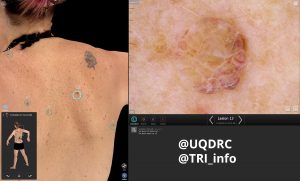
Fortunately, I have been lucky with my family GP who has kept an eye on my skin since I was a sunbathing teenager, going so far as to sketch changes in my moles on her notes back in the days before computerised records. Imagine how excited I was, as a technology geek 20 years into my digital career, to learn about the 3D skin scan right here in my workplace.
This is my experience in a clinical trial which looks at the genetic markers for melanoma, a type of skin cancer. It is a non-invasive trial which involves being photographed by a high tech series of cameras to produce a 3d avatar of the skin surface. Once the 3d scan is complete, moles larger than 5mm are marked on the avatar and these are photographed again even closer.
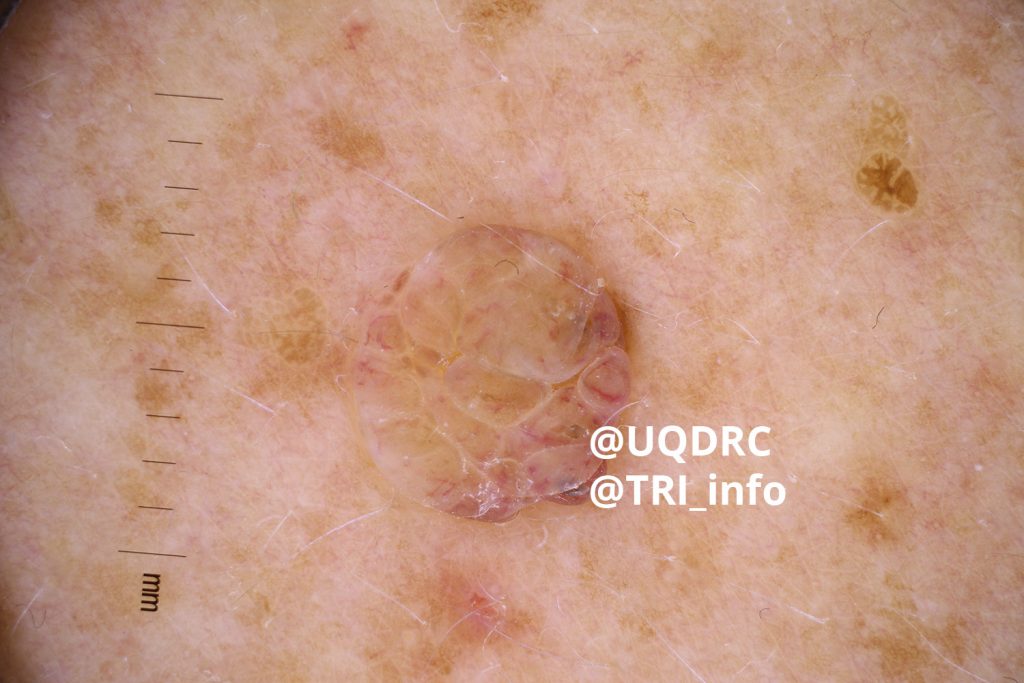
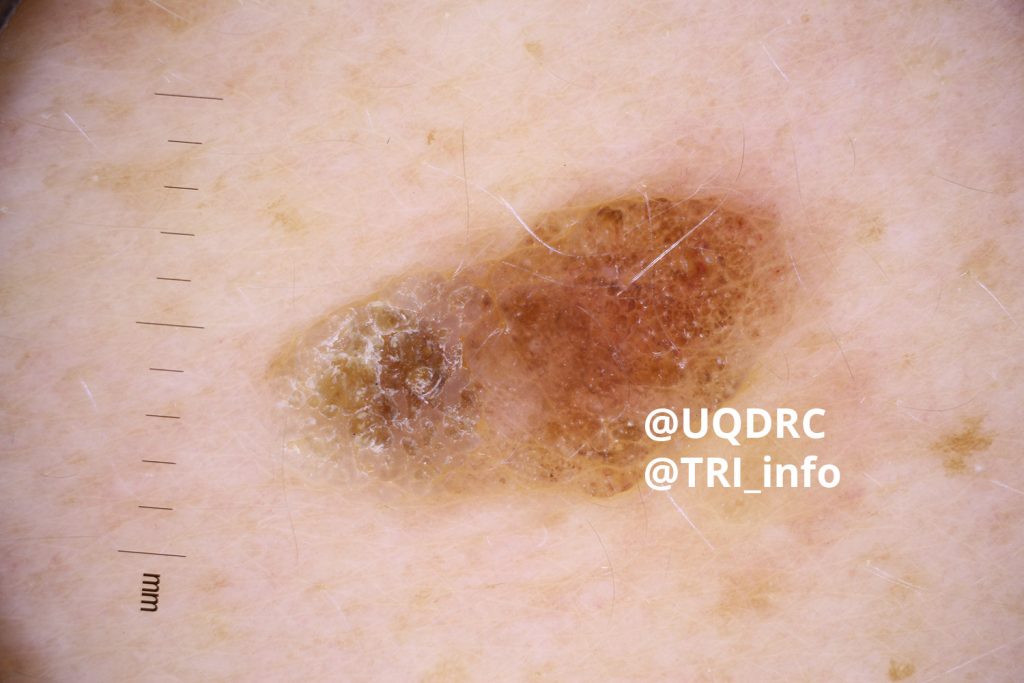
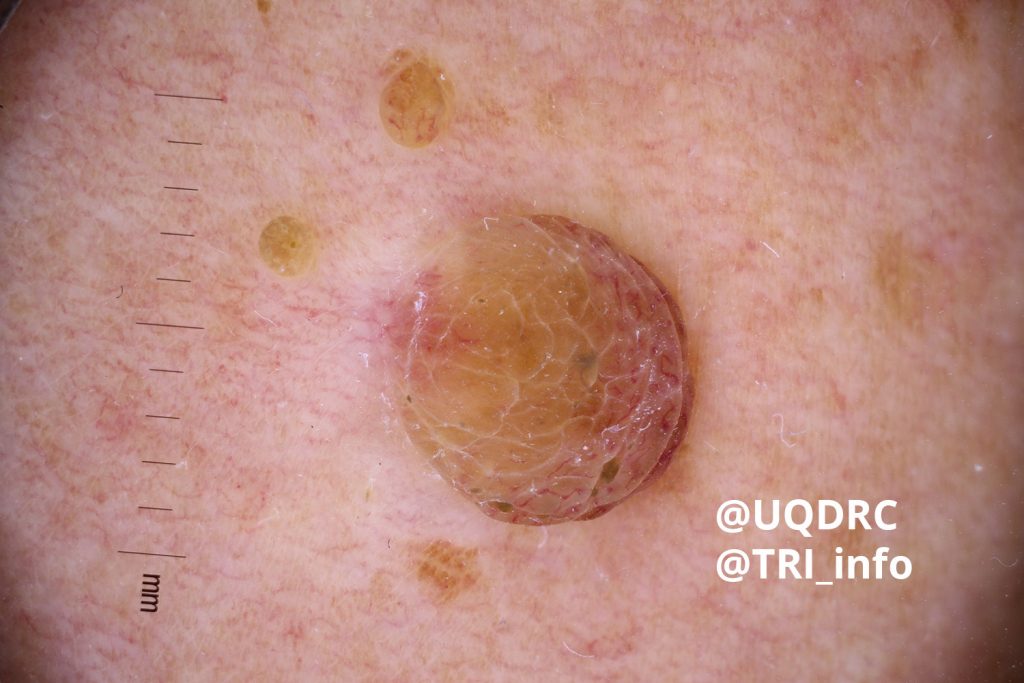
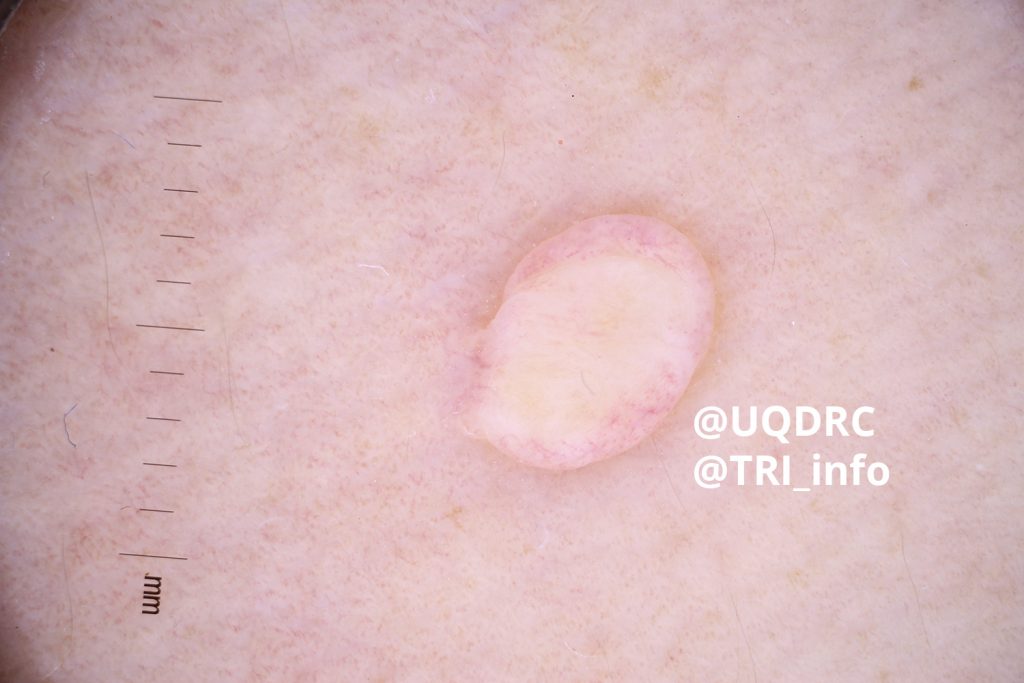
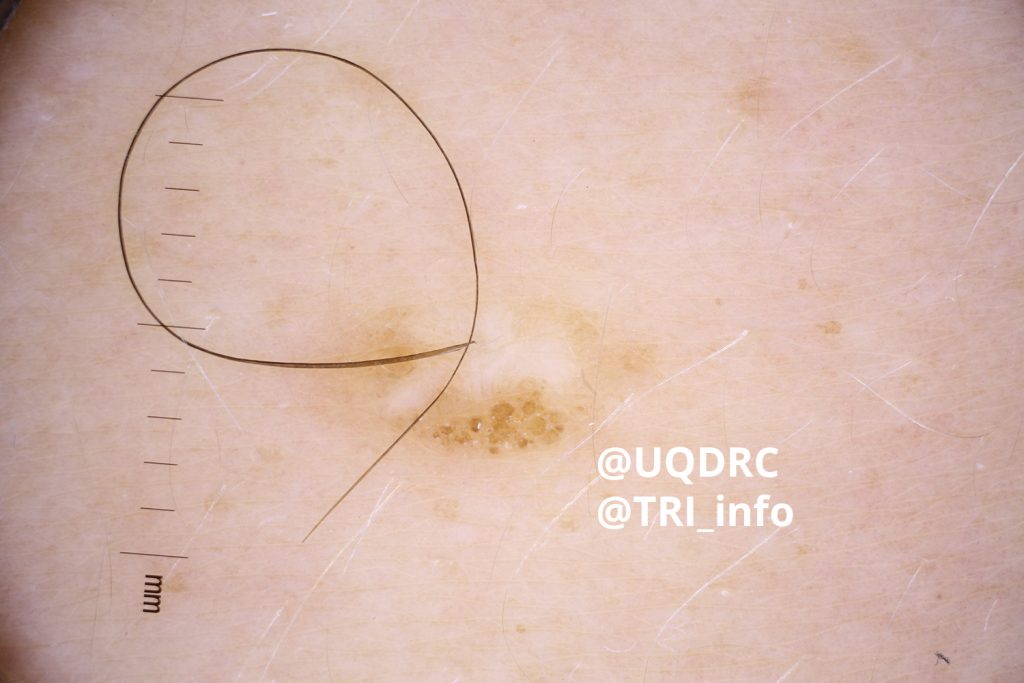

To start the process, I emailed the Dermatology Centre and made an appointment. The appointment started with the consent forms, which explained what will happen to my samples. The samples will be used in a variety of ways including:
- Images used in text books and for educational purposes
- 3d avatar used for analysis and as a teaching tool
- For analysis now and to store for future use
The consent forms also explain that you can withdraw at any time. Permission was requested to get my relevant records from my doctor. Questions include genetic information about parents with or without melanoma, skin hair and eye colour plus the standard questions about medication and health problems.
